Go Floral: DIY Paper Flower Decor Ideas
Are you ready to transform your space into a vibrant floral paradise without breaking the bank? DIY paper flowers are not just a fun crafting project; they are a way to express your creativity and add a personal touch to your decor. Imagine walking into a room filled with colorful blooms that you made yourself—there’s something incredibly satisfying about that! Whether you’re looking to brighten up your home, prepare for a special event, or simply enjoy a relaxing crafting session, paper flowers are a fantastic choice.
In this article, we’ll dive into some creative and easy ways to make stunning paper flower decorations that can brighten up any space. From choosing the right materials to mastering essential techniques, we’ll guide you through everything you need to know to bring your floral visions to life. Plus, we’ll explore unique applications for your creations, ensuring they don’t just sit in a drawer but instead add charm and beauty wherever they go.
So, grab your scissors, some colorful paper, and let’s get started on this delightful journey into the world of DIY paper flowers! With just a little time and effort, you’ll be amazed at the gorgeous decorations you can create. Are you excited? Trust me, you’ll want to stick around for all the tips and tricks we have in store!
Before you dive into crafting, it’s essential to gather the right materials. The type of paper you choose can significantly affect the look and feel of your flowers. Here are some popular options:
- Cretaceous Paper: This is thick and durable, making it perfect for larger flowers.
- Origami Paper: Known for its vibrant colors and patterns, it’s ideal for smaller, intricate designs.
- Cardstock: A versatile choice that holds its shape well and is available in various colors.
Alongside paper, you’ll need some basic tools like scissors, glue, and possibly a cutting machine for more intricate designs. Don’t forget to consider the adhesives you’ll be using; a strong craft glue or a glue gun can make a world of difference in ensuring your flowers stay intact.
Now that you have your materials, let’s talk techniques. Mastering the basics of cutting, folding, and shaping is crucial to achieving stunning results. You might think crafting paper flowers is all about the final product, but the journey of creating them is just as enjoyable!
Cutting is where the magic begins! Depending on your comfort level, you can choose different cutting methods:
- Freehand Cutting: This method allows for creativity and spontaneity, perfect for those who like to go with the flow.
- Using Templates: If you prefer precision, creating or printing templates can help you achieve consistent shapes and sizes.
Each method has its charm, so feel free to experiment and find what works best for you!
When it comes to cutting, you may wonder whether to use scissors or a cutting machine. Scissors are great for quick projects and give you a hands-on crafting experience, while cutting machines can save time and provide intricate designs with ease. Consider your crafting style and needs before making a choice!
Once you've cut your petals, it’s time to bring them to life! Folding and shaping are key to creating realistic flower petals. Techniques such as curling the edges or adding creases can add dimension and texture to your flowers, making them look more lifelike and visually appealing.
The right colors can make your paper flowers pop! Understanding color theory can help you create stunning arrangements that catch the eye. Think about the mood you want to convey—warm colors like reds and yellows evoke energy, while cool colors like blues and greens create a calm atmosphere.
Experimenting with various color combinations can lead to beautiful results. Try balancing bold colors with softer shades, or use contrasting colors to create a vibrant display that stands out. Don’t shy away from mixing patterns, either; patterned paper can add an extra layer of interest to your floral designs!
Using patterned paper is a fantastic way to elevate your flowers. Floral prints, polka dots, or stripes can add depth and character, making your paper flowers even more unique. Just imagine a bouquet of flowers where each petal tells a story through its design!
Once you’ve mastered the art of paper flowers, the possibilities are endless! You can use them in various creative applications:
From wall art to centerpieces, paper flowers can add a whimsical touch to your home. Picture a stunning floral arrangement gracing your dining table or a vibrant garland adorning your walls. They can brighten up any room and make it feel more inviting!
Planning a wedding or a party? Paper flowers are a budget-friendly way to create stunning focal points. They can be used to decorate tables, create backdrops, or even as part of your bouquet. The best part? You can customize them to match your event’s theme!
To ensure your paper flowers stand the test of time, consider these helpful tips:
Sealing your flowers with a protective spray can enhance their longevity and keep them looking fresh. This is especially important if you plan to display them in areas with high humidity or direct sunlight.
When not in use, store your paper flowers in a cool, dry place to prevent damage. Consider using decorative boxes or containers to keep them safe and organized, ensuring they’re ready for any occasion.
Q: Can I use regular printer paper for my flowers?
A: Yes, but keep in mind that regular printer paper is thinner and may not hold its shape as well as thicker options like cardstock or crepe paper.
Q: How do I make my paper flowers look more realistic?
A: Adding dimension through folding, curling edges, and using varying colors and patterns can help create a more lifelike appearance.
Q: Can I reuse my paper flowers?
A: Absolutely! With proper care and storage, you can enjoy your paper flowers for multiple occasions.
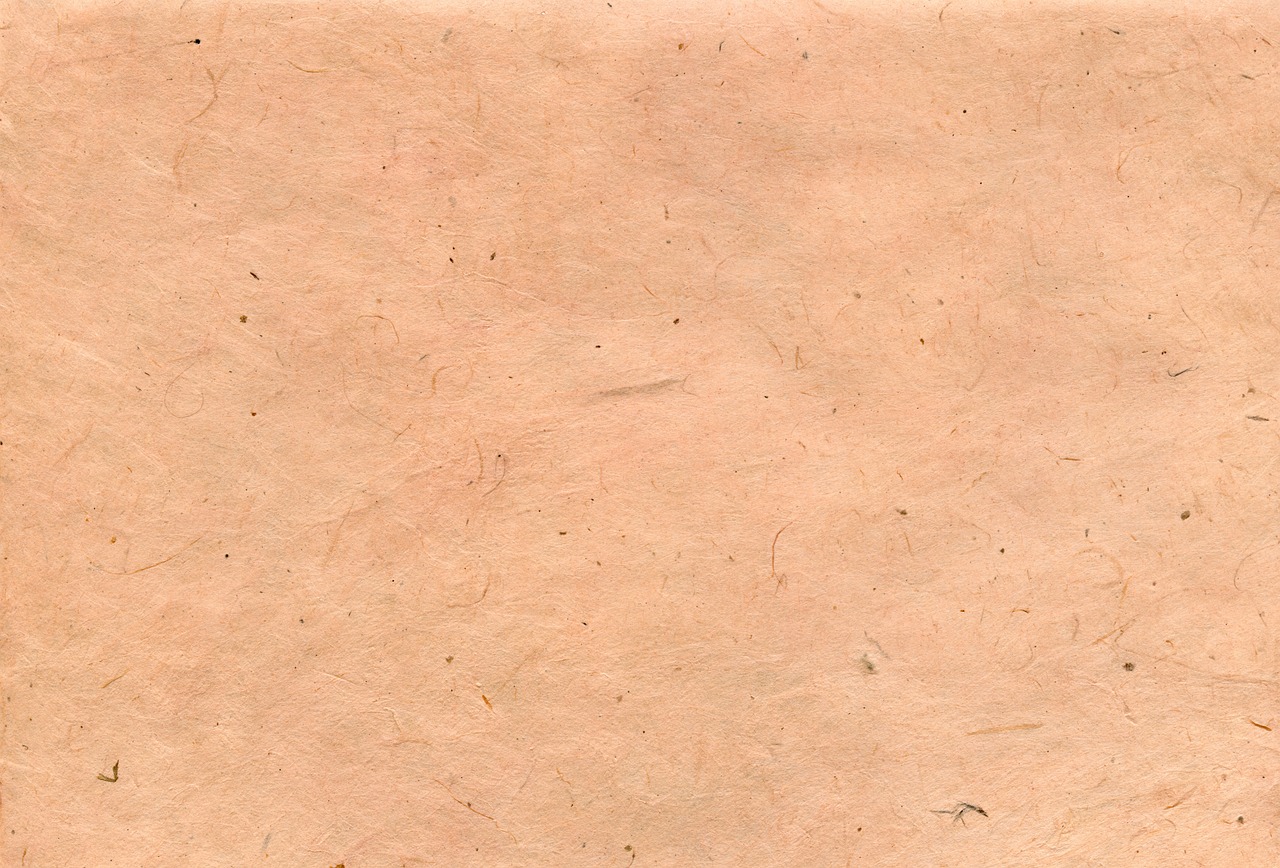
Choosing the Right Materials
When it comes to creating stunning paper flowers, the materials you choose can make all the difference. Think of it like cooking; the quality of your ingredients can elevate a simple dish into something extraordinary. So, let's dive into the world of paper types, tools, and adhesives that will not only enhance your DIY projects but also ensure they stand the test of time.
First off, the type of paper you select plays a crucial role in the overall look and feel of your flowers. You might want to explore various options such as:
- Cream or White Cardstock: This is a classic choice for its sturdiness and versatility. It holds shapes well and can be painted or colored.
- Crepe Paper: Known for its texture and flexibility, crepe paper is fantastic for creating realistic petals that mimic the softness of real flowers.
- Patterned Paper: Adding a pop of design can make your flowers stand out. Look for floral patterns or vibrant colors that suit your decor.
Next, let’s talk tools. Having the right tools can make your crafting experience smoother and more enjoyable. Here are some essentials you might want to gather:
- Scissors: A good pair of sharp scissors is non-negotiable. They’ll help you achieve clean cuts, which is vital for intricate designs.
- Crafters Knife: For those detailed cuts that scissors just can’t handle, a craft knife can be your best friend.
- Cutting Mat: Protect your surfaces and keep your blades sharp with a cutting mat. It’s a small investment that pays off.
Now, let's not forget adhesives. The right glue can make or break your project. You’ll want to consider:
- Hot Glue Gun: This is a favorite among crafters for its quick-drying properties. Just be cautious; it can be quite hot!
- Liquid Glue: For a more controlled application, liquid glue can be perfect. It gives you a little more time to adjust your flowers before it sets.
- Double-Sided Tape: If you prefer a mess-free option, double-sided tape can provide a strong hold without the wait.
Choosing the right materials is not just about aesthetics; it's about ensuring your creations are durable and practical. Think of it as building a house: you wouldn’t use flimsy materials for the foundation, right? Similarly, your paper flowers deserve the best to shine brightly in your decor.
In summary, investing time in selecting the right paper, tools, and adhesives will pay off in your DIY paper flower projects. Remember, the journey of crafting should be as enjoyable as the final product. So gather your materials, unleash your creativity, and watch as your floral visions come to life!
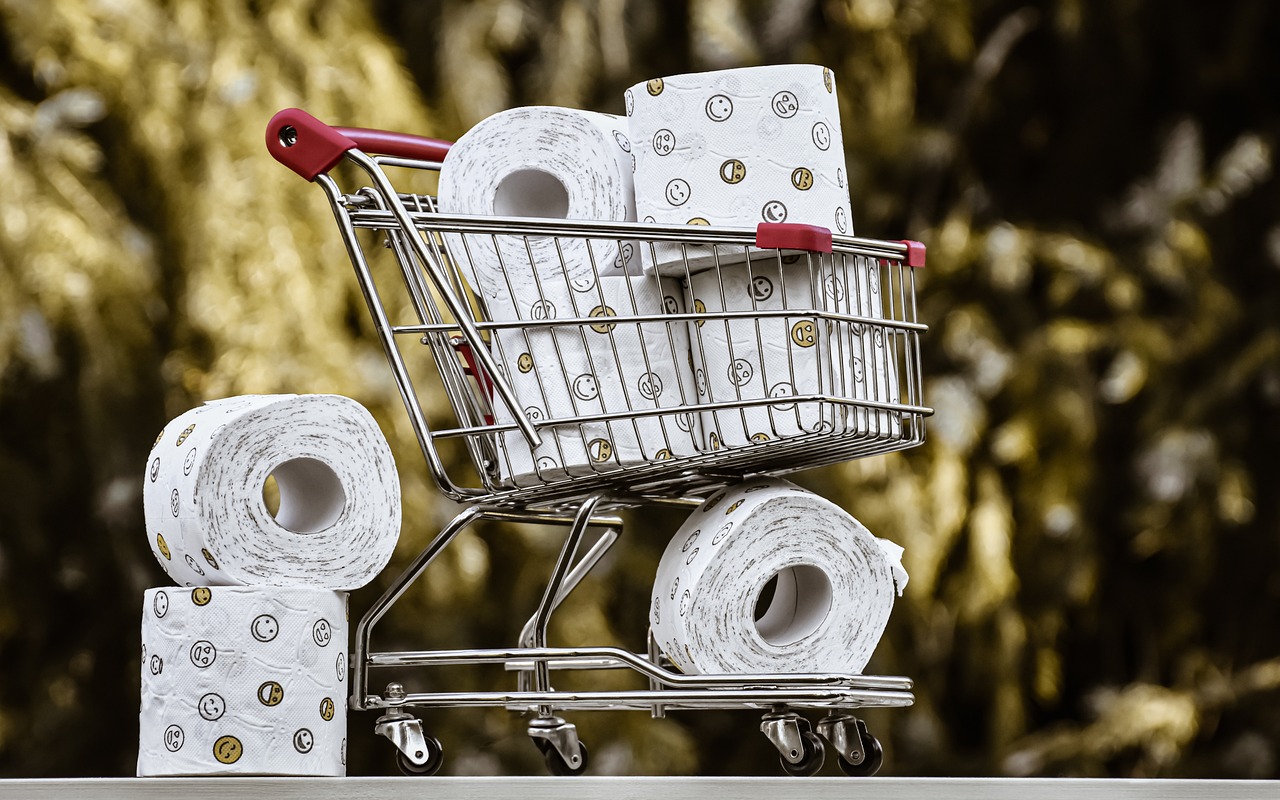
Basic Techniques for Paper Flowers
Creating stunning paper flowers might seem daunting at first, but with the right basic techniques, you’ll find that it’s a fun and rewarding process. Think of crafting these flowers as a delightful journey where each step brings you closer to a beautiful end result. The essential techniques to master include cutting, folding, and shaping. By honing these foundational skills, you can easily produce a variety of floral designs that will impress anyone who sees them.
Let’s dive into the world of cutting techniques. This is where the magic begins! Mastering different cutting methods is key to achieving those intricate designs that make your paper flowers pop. You can utilize methods such as freehand cutting, which allows for creativity and spontaneity, or you can rely on templates for more precise shapes and sizes. Using templates can be particularly helpful when you want to create multiple flowers that are consistent in appearance. Just imagine having a bouquet of perfectly shaped blooms, all thanks to a simple template!
Now, let’s talk about the tools of the trade. You might be wondering, “Should I use scissors or a cutting machine?” Each method has its own pros and cons. Scissors offer a more hands-on approach, allowing for a personal touch, while cutting machines can save time and provide precision. If you enjoy the tactile experience of crafting, scissors might be your best friend. However, if you’re looking to create multiple designs quickly, a cutting machine could be your secret weapon. It’s all about finding what works best for your crafting style!
Creating your own templates is a game changer! Not only does it save time, but it also improves accuracy. To create a template, simply draw your desired flower shape on a sturdy piece of paper, then cut it out. You can then trace this shape onto your chosen paper for each flower you make. This method ensures that all your petals are uniform, making your floral arrangements look professionally crafted. Plus, you can customize the templates to suit your unique style—how cool is that?
Once you’ve cut out your petals, it’s time to bring them to life through folding and shaping. This step is crucial for adding dimension and texture to your flowers. For instance, gently curling the edges of the petals can create a more realistic look. You can use tools like a bone folder or even your fingers to achieve the desired effect. Think of your petals as delicate fabric; the way you fold and shape them can turn a flat piece of paper into a stunning bloom. The more you practice, the more lifelike your flowers will appear!
Q: What type of paper is best for making paper flowers?
A: The best types of paper for making paper flowers include crepe paper, cardstock, and tissue paper. Each offers different textures and durability, allowing you to create various styles.
Q: Can I use regular scissors for cutting intricate designs?
A: Yes, you can use regular scissors, but for more intricate designs, precision scissors or a cutting machine can make the process easier and more accurate.
Q: How can I attach the petals together?
A: You can use hot glue, craft glue, or even floral tape to attach the petals together. The choice depends on your project and personal preference.
Q: How do I store my paper flowers to keep them looking fresh?
A: Store your paper flowers in a cool, dry place away from direct sunlight. You can use boxes or containers to keep them safe from dust and damage.
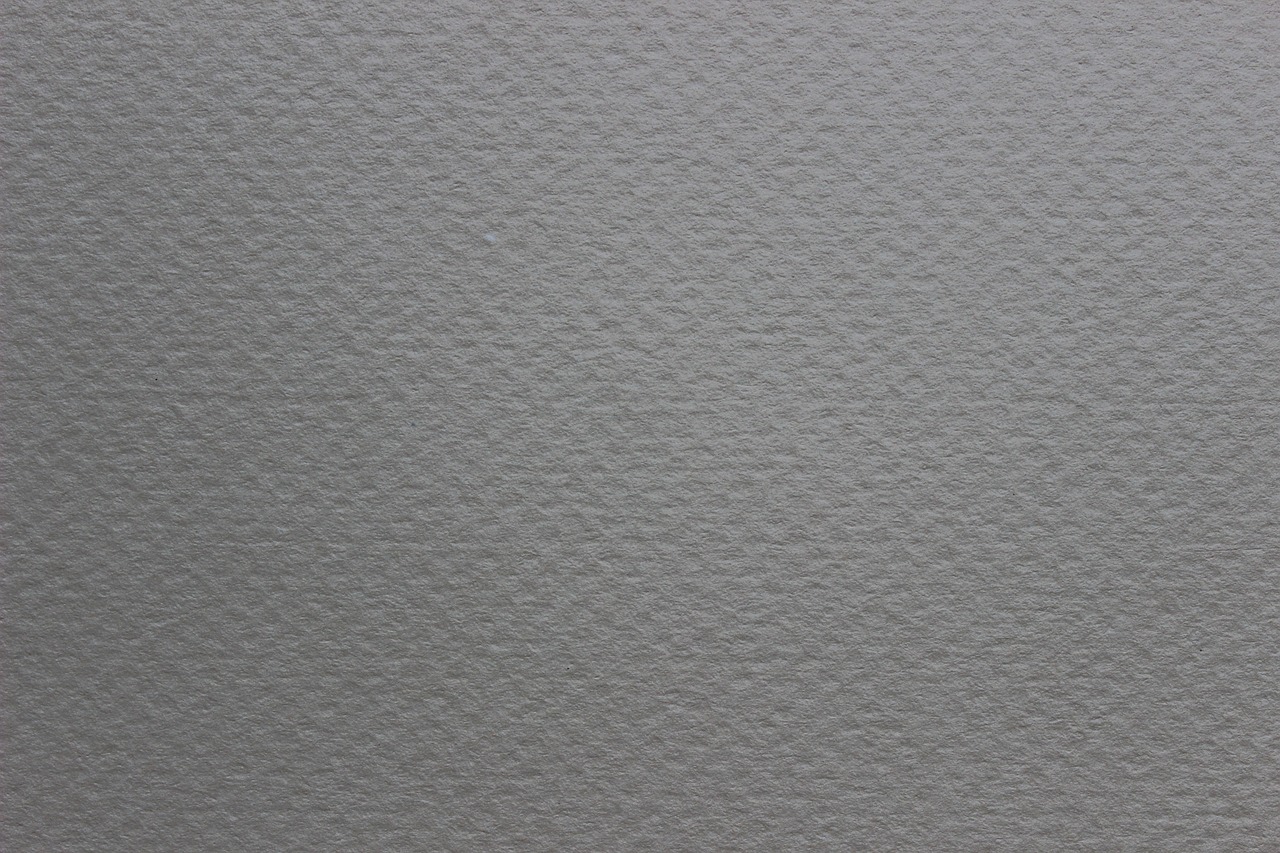
Cutting Techniques
When it comes to crafting stunning paper flowers, mastering is essential. The precision of your cuts can dramatically influence the overall look of your floral creations. Whether you're aiming for delicate petals or bold, eye-catching shapes, understanding the various cutting methods available will elevate your DIY projects to new heights. Let’s dive into some popular techniques that can help you achieve intricate designs with ease.
One of the most common methods is freehand cutting. This technique allows for creative freedom as you can cut shapes spontaneously, adapting as you go. However, it does require a steady hand and a good eye for detail. If you’re a beginner, it might be wise to start with simpler shapes until you gain more confidence. On the other hand, if you prefer precision, using templates can be a game-changer. You can create or download templates for various flower shapes, ensuring that each petal is consistent in size and design. This approach not only saves time but also enhances the overall quality of your flowers.
For those who may be using more complex designs, consider incorporating a cutting machine into your crafting toolkit. These machines can cut intricate patterns and shapes with remarkable accuracy, making them ideal for larger projects or when you need multiple identical pieces. However, while they offer convenience, they can be an investment, so weigh your options based on your crafting frequency and budget.
To help you visualize these techniques, here’s a simple comparison table of the different cutting methods:
| Technique | Pros | Cons |
|---|---|---|
| Freehand Cutting | Creative freedom, unique designs | Requires skill and practice |
| Using Templates | Consistency, time-saving | Less room for creativity |
| Cutting Machines | High precision, intricate designs | Can be expensive, requires setup |
Regardless of the method you choose, the key is to practice and experiment. Don’t hesitate to mix and match techniques to find what works best for you. Perhaps you’ll start with templates for the base flowers and then add freehand elements for a personal touch. The beauty of crafting lies in its flexibility and your ability to express your unique style.
As you embark on your paper flower journey, remember that cutting is just the beginning. The real magic happens when you combine these techniques with folding and shaping to bring your flowers to life. So grab your scissors or your cutting machine, and let your creativity blossom!
- What type of paper is best for making paper flowers? - Generally, lightweight papers like crepe paper or cardstock are great choices as they hold shapes well and are easy to manipulate.
- Can I use regular scissors for cutting intricate designs? - Yes, but for more complex shapes, consider using precision scissors or a cutting machine for better accuracy.
- How do I ensure my cuts are straight and even? - Using templates can help maintain consistency. For freehand cutting, take your time and use a ruler for straight lines.
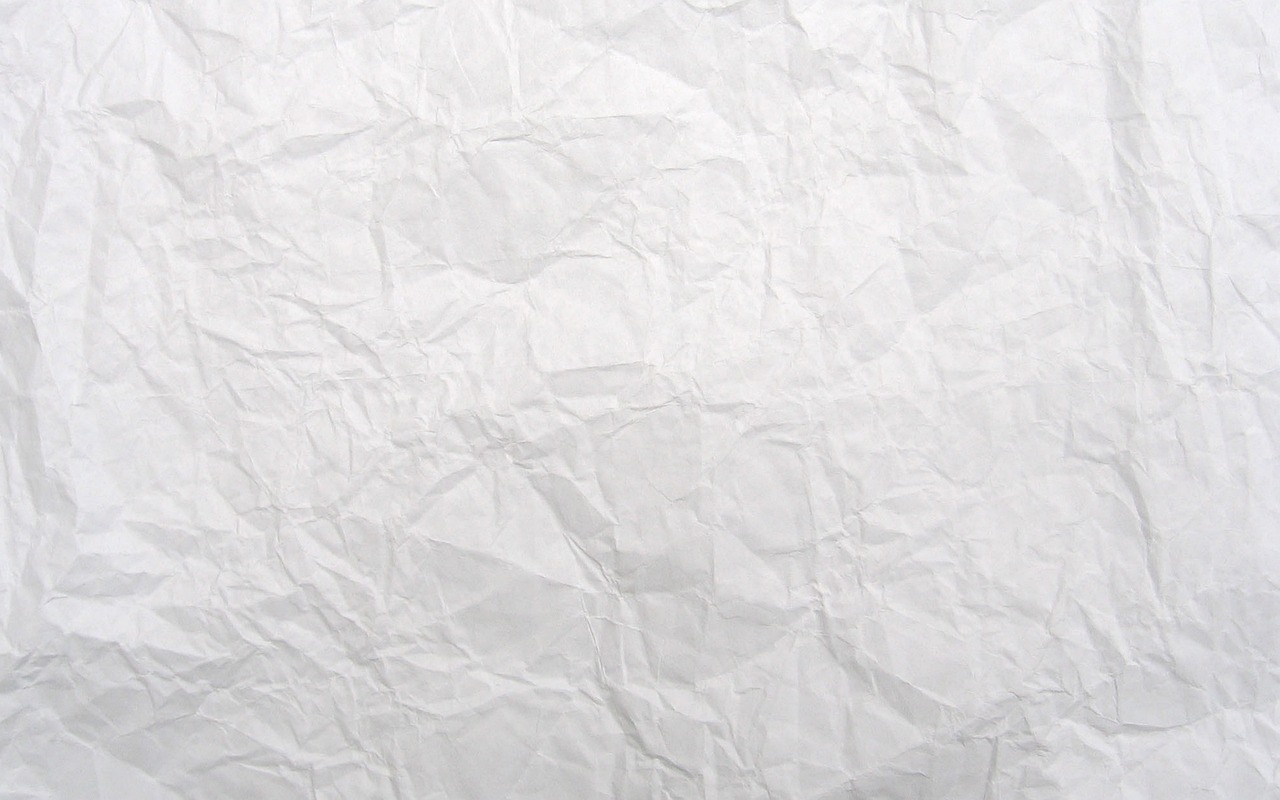
Using Scissors vs. Cutting Machines
When it comes to crafting stunning paper flowers, the choice between using scissors or cutting machines can greatly influence your creative process. Each method has its own set of advantages and challenges, and understanding these can help you make the best choice for your projects. If you're still on the fence about which tool to use, let’s break it down.
Using scissors is the classic approach to paper crafting. It offers a hands-on experience that many crafters love. With scissors, you have the freedom to cut out shapes and designs as you see fit, allowing for a more personalized touch. This method is particularly effective for those who enjoy freehand cutting or want to create unique, one-of-a-kind designs. However, it does require a steady hand and a bit of practice to achieve intricate details.
On the flip side, cutting machines, such as Cricut or Silhouette, have revolutionized the way we approach paper crafting. These machines can cut out complex designs with precision and speed, making them an excellent choice for larger projects or when you need multiple identical pieces. Imagine being able to create dozens of perfectly shaped petals in a fraction of the time it would take using scissors! However, they do come with a learning curve and an initial investment cost, which might be a barrier for some.
Here’s a quick comparison to help you decide:
| Feature | Scissors | Cutting Machines |
|---|---|---|
| Cost | Low (just the price of scissors) | Higher (machine and materials) |
| Learning Curve | Minimal | Moderate to High |
| Precision | Variable | High |
| Speed | Slow | Fast |
| Creativity | High (freehand designs) | Moderate (template-based) |
Ultimately, the choice between scissors and cutting machines boils down to your personal crafting style and project needs. If you love the tactile experience of cutting and enjoy the freedom of creating unique designs, scissors are your best friend. However, if you’re looking for efficiency and precision, especially for larger projects, investing in a cutting machine might be the way to go. Remember, there’s no right or wrong choice here; it’s all about what suits your creative process!
- Can I use both scissors and cutting machines for my paper flowers?
Absolutely! Many crafters find that using a combination of both methods allows them to achieve the best results. - What type of scissors are best for cutting paper flowers?
Look for sharp, pointed scissors, such as detail scissors or craft scissors, which can handle intricate cuts. - Do cutting machines require special paper?
While most cutting machines can handle various types of paper, it's always a good idea to check the manufacturer's recommendations for the best results.
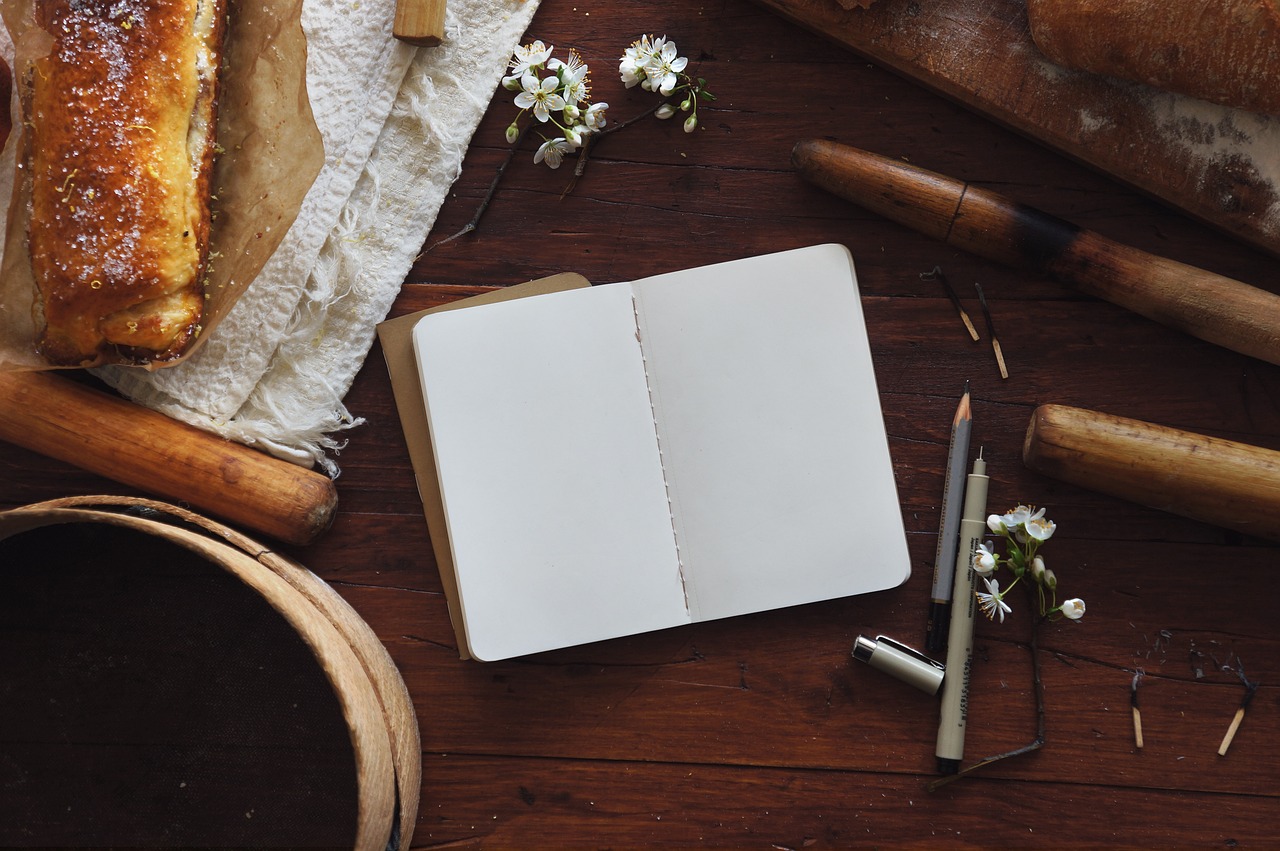
Creating Templates
Creating templates is one of the most effective ways to streamline your paper flower crafting process. Think of templates as the blueprints for your floral masterpieces; they provide a consistent foundation that allows you to produce beautiful flowers with ease. Whether you’re aiming for delicate daisies or bold peonies, having a reliable template can save you time and ensure that each petal is perfectly shaped.
To start, you’ll want to choose the right paper for your templates. Heavier cardstock is ideal as it holds its shape better, but lighter paper can also work if you’re looking for more flexibility. Once you’ve selected your paper, sketch out your desired flower shape. You can either draw freehand or use a computer program to design your templates. If you’re not confident in your drawing skills, don’t worry! There are plenty of free templates available online that you can print and use.
Once your design is ready, transfer it onto your chosen paper. You can do this by:
- Tracing the design with a pencil.
- Printing directly onto the paper if you’ve designed it digitally.
- Using carbon paper to transfer the outline onto your template material.
After transferring, carefully cut out your templates. This is where precision is key! Make sure to use sharp scissors or a craft knife for clean edges. If you find yourself making the same flower repeatedly, consider using a cutting machine. These machines can save you a ton of time and ensure that each cut is identical, which is especially helpful if you’re making flowers for an event.
To keep your templates organized, consider creating a storage system. You can use:
- Plastic sleeves in a binder.
- File folders labeled by flower type.
- Digital storage, where you scan and save your templates on your computer for easy access.
In addition to saving time, templates also help improve your accuracy. When every flower petal is cut from the same template, you’ll achieve a uniform look that elevates the overall quality of your decor. Plus, once you've created a set of templates, you can reuse them for future projects, allowing you to experiment with different colors and patterns without starting from scratch each time!
So, whether you’re a seasoned crafter or just starting out, creating templates is a fantastic way to enhance your DIY paper flower experience. Not only will they make your crafting more efficient, but they’ll also help you achieve stunning results that you can be proud of. Now, let’s dive into some frequently asked questions about creating templates!
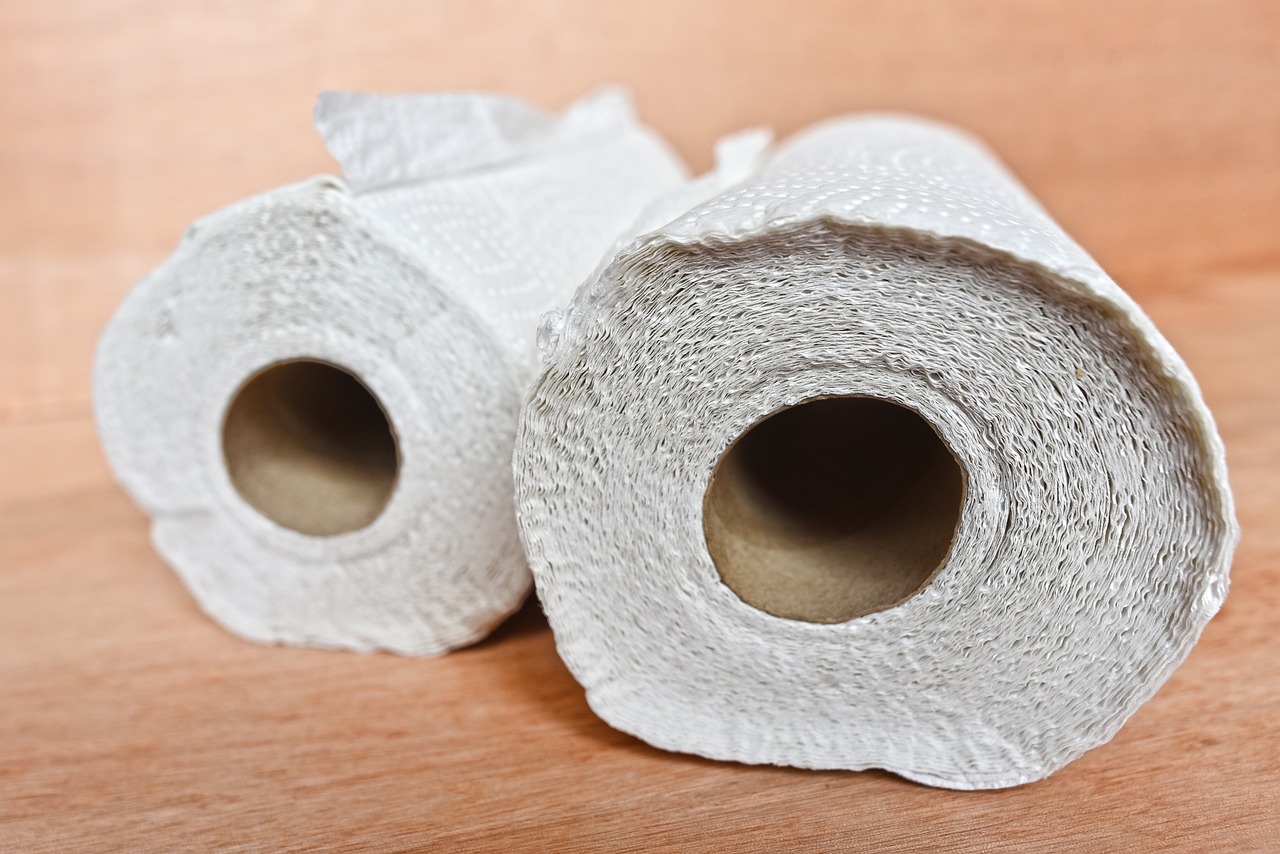
Folding and Shaping
When it comes to creating stunning paper flowers, mastering the art of is crucial. Think of it as the difference between a flat pancake and a fluffy soufflé; the right techniques can elevate your paper creations to a whole new level! To start, you'll want to choose a paper that’s not too thick, as this can make folding challenging. Ideal options include crepe paper, tissue paper, and even cardstock for more structured petals.
One of the most effective techniques is the accordion fold. This method involves folding the paper back and forth in a zigzag pattern, which can create beautiful layers that mimic real flower petals. After folding, you can cut the edges into rounded or pointed shapes to add even more realism. Don't be afraid to experiment! Each fold can change the look of your flower dramatically. For instance, a simple tulip can transform into a dramatic peony with just a few extra folds.
Another technique to consider is the curling method. Using tools like a pencil or a skewer, you can curl the edges of your petals to give them a more lifelike appearance. This adds dimension and movement to your flowers, making them pop off the page—or wall! When curling, apply gentle pressure and move the paper slowly to avoid tearing. It’s like giving your flowers a little hairstyle; the right curls can make all the difference!
To achieve a realistic look, layering is essential. Start with larger petals at the bottom and gradually decrease the size as you move up. This technique not only adds depth but also creates a more natural flower structure. You can even mix different colors and textures to create stunning contrasts. For example, combining a deep red with a soft pink can evoke the feeling of a sunset, bringing warmth to your floral display.
Lastly, don’t forget about the centers of your flowers. Adding a simple circle of contrasting paper or even using buttons, beads, or pom-poms can give your flowers that extra flair. Think of it as the cherry on top of a sundae; it’s the finishing touch that pulls everything together. By mastering these folding and shaping techniques, you’ll be well on your way to creating paper flowers that are not just decorations but true works of art!
- What type of paper is best for making flowers?
Crepe paper and tissue paper are popular choices due to their flexibility and ability to hold shapes well.
- Can I use a cutting machine for my flowers?
Absolutely! Cutting machines can help achieve precise shapes, especially for intricate designs.
- How can I preserve my paper flowers?
Consider sealing them with a spray sealant and storing them in a cool, dry place to maintain their beauty.
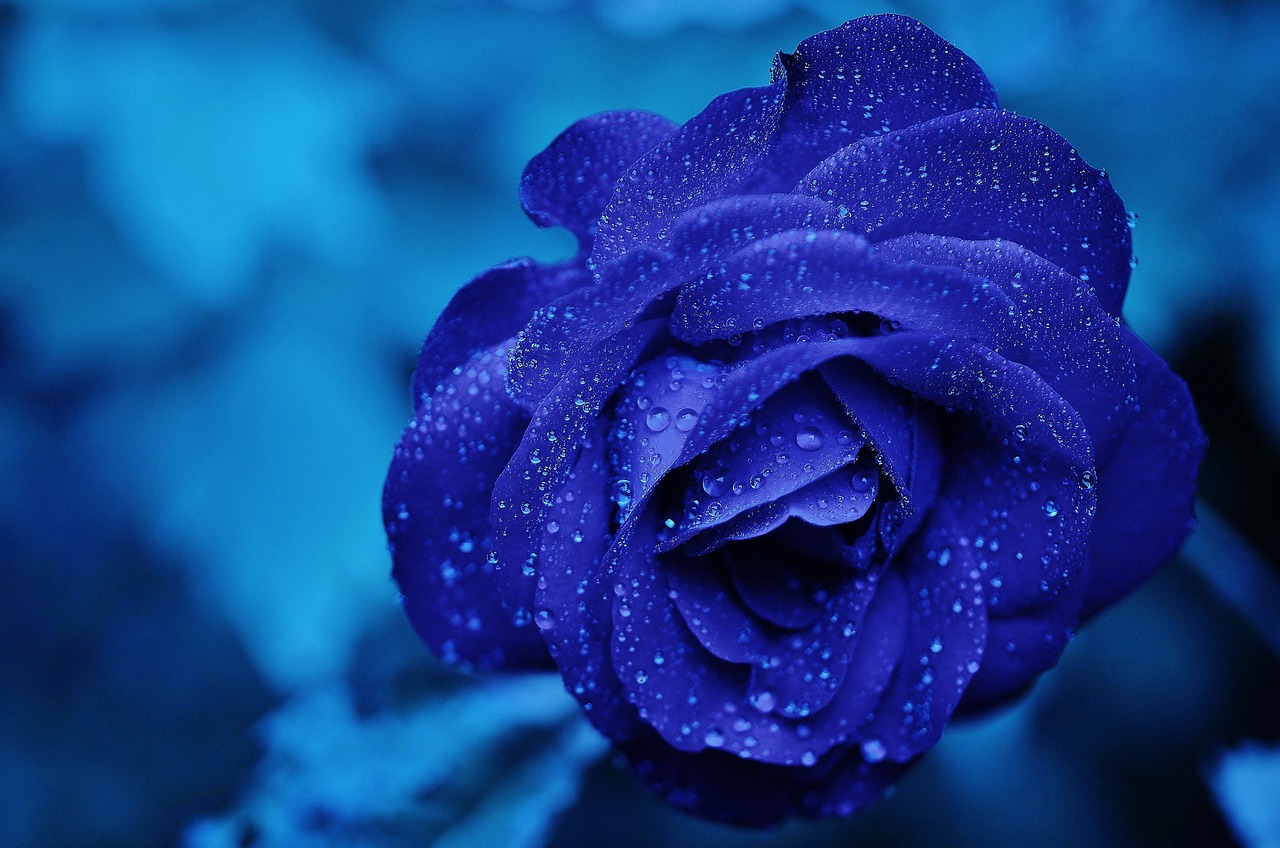
Color and Design Choices
Choosing the right colors and designs for your paper flowers is like picking the perfect outfit for a special occasion; it can make all the difference! The colors you select can evoke emotions, set the mood, and even reflect your personal style. Think of your paper flowers as a canvas where you can express your creativity and taste. So, how do you go about selecting the ideal color palette? Let's dive in!
First off, understanding color theory is essential. Colors can be categorized into three main groups: primary, secondary, and tertiary. Primary colors (red, blue, yellow) are the building blocks for all other colors. Secondary colors (green, orange, purple) are created by mixing primary colors, while tertiary colors are made by mixing a primary color with a secondary color. This knowledge can help you create stunning combinations that are visually appealing.
When designing your floral arrangements, consider using a color wheel as a guide. Complementary colors, which are opposite each other on the wheel, create striking contrasts. For example, pairing purple with yellow can make both colors pop! Alternatively, analogous colors, which are next to each other on the wheel, create a more harmonious and serene look. Imagine a bouquet of soft pinks, corals, and peaches; it exudes warmth and charm.
Another exciting aspect of color choice is experimenting with patterns. Incorporating patterned paper into your designs can add depth and visual interest. Floral patterns, polka dots, or even stripes can give your paper flowers a unique flair. For instance, using a patterned paper for the inner petals and a solid color for the outer petals can create a stunning layered effect. Don't be afraid to mix and match; sometimes, the most unexpected combinations yield the best results!
To make your design process easier, consider the following tips for color combinations:
- Use a maximum of three colors to avoid overwhelming the design.
- Choose colors that complement your existing decor to ensure a cohesive look.
- Test your color combinations by creating small samples before committing to a larger project.
Lastly, remember that the style of your paper flowers can also influence your color choices. A modern, minimalist design might call for a monochromatic palette, while a bohemian style could benefit from vibrant, eclectic colors. Think about the atmosphere you want to create and let that guide your decisions.
In conclusion, the world of color and design choices for paper flowers is vast and exciting. By understanding color theory, experimenting with patterns, and considering your overall decor style, you can create stunning floral arrangements that not only brighten your space but also reflect your personality. So grab your scissors, pick out those gorgeous papers, and let your creativity blossom!
Q: What types of paper are best for making paper flowers?
A: Generally, you can use tissue paper, cardstock, or crepe paper. Each type has its unique texture and finish, so choose based on the look you want to achieve.
Q: How can I preserve my paper flowers?
A: You can seal your paper flowers with a clear acrylic spray to protect them from moisture and dirt. Store them in a cool, dry place when not in use.
Q: Can I use paint to add color to my paper flowers?
A: Yes! Using paint can give your flowers a unique touch. Just make sure to use a light hand to avoid soaking the paper, which can cause it to warp.

Color Combinations
When it comes to creating stunning paper flowers, the colors you choose can make all the difference. Just like a painter selects their palette, you too should consider the emotional impact and visual harmony of your color combinations. Think about how certain colors can evoke feelings or memories. For instance, soft pastels might remind you of spring, while vibrant reds and yellows can bring a sense of joy and energy. So, how do you find that perfect balance of hues for your floral creations?
One effective way to explore color combinations is through the use of color theory. This theory suggests that certain colors work well together based on their relationships on the color wheel. Here are some key concepts to keep in mind:
- Complementary Colors: Colors that are opposite each other on the color wheel, like blue and orange, create a striking contrast that can make your flowers pop.
- Analogous Colors: Colors that are next to each other, such as blue, blue-green, and green, provide a more harmonious and soothing look, perfect for creating a serene atmosphere.
- Triadic Colors: Using three colors that are evenly spaced on the color wheel, like red, yellow, and blue, can add vibrancy and excitement to your arrangements.
Experimenting with these combinations can lead to some truly eye-catching results. For example, imagine crafting a bouquet with rich purple petals, complemented by soft yellow centers. This combination not only draws the eye but also creates a sense of balance and harmony. You might even consider using patterned paper that incorporates these colors, adding an extra layer of depth and interest to your designs.
Don't be afraid to play around with different shades and tones. Sometimes, a simple change in the saturation can transform a dull arrangement into a vibrant masterpiece. For instance, mixing a deep burgundy with a lighter pink can create a beautiful gradient effect that adds dimension to your flowers. Remember, the goal is to create a visual story that resonates with your audience and suits the space where your flowers will be displayed.
Lastly, always keep your intended decor style in mind. Are you going for a rustic, bohemian vibe, or something sleek and modern? Your color choices should reflect the overall aesthetic you wish to achieve. By thoughtfully selecting your colors and experimenting with various combinations, you can create paper flowers that are not only beautiful but also meaningful.
Q: What are the best colors for spring-themed paper flowers?
A: Soft pastels like pink, lavender, and light yellow are ideal for a spring theme, evoking feelings of renewal and freshness.
Q: Can I mix patterned paper with solid colors?
A: Absolutely! Mixing patterned paper with solid colors can create interesting visual contrasts and depth in your floral arrangements.
Q: How do I choose colors that match my home decor?
A: Consider the existing color palette of your space. Choose colors that either complement or contrast with your decor to create a cohesive look.
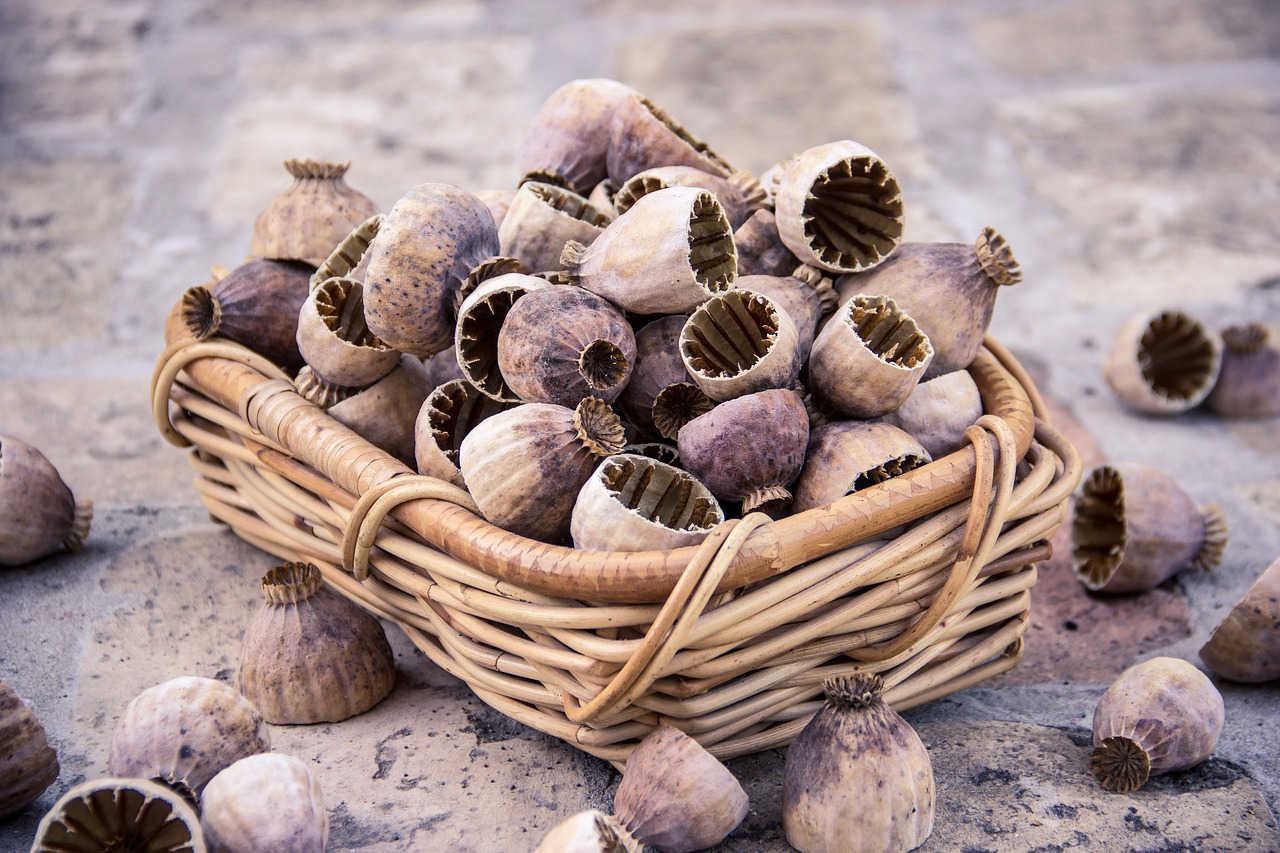
Incorporating Patterns
When it comes to adding a unique flair to your paper flowers, incorporating patterns can truly elevate your creations. Think of patterns as the icing on the cake—while the basic flower structure is delightful, patterns add that extra pop that can make your floral decor truly stand out. Whether you're aiming for a whimsical look with polka dots or a sophisticated vibe with floral prints, the options are endless!
One effective way to incorporate patterns is by using patterned paper. This can be anything from scrapbook paper to wrapping paper, and it can significantly enhance the visual interest of your flowers. For instance, using a vibrant floral print for the petals can create a stunning contrast against a solid green stem, making your flowers appear more dynamic. Patterns can also be layered; imagine a striped petal paired with a floral center—this combination can create a beautiful and eye-catching design.
To get started with incorporating patterns, consider the following tips:
- Choose a Theme: Decide on a color scheme and pattern theme that complements your decor. For example, if you're going for a vintage look, think about using retro floral prints in muted tones.
- Mix and Match: Don’t be afraid to mix different patterns! Stripes can work beautifully with florals, and geometric patterns can add a modern touch.
- Use Patterns Sparingly: While patterns can be exciting, too many can overwhelm your design. Aim for balance by using patterned paper for a few petals while keeping the rest solid.
Another fun technique is to create your own patterns. You can do this by stamping or painting designs onto plain paper before cutting out your flower shapes. This not only gives you complete control over the design but also adds a personal touch to your creations. Imagine crafting a flower with your own hand-painted polka dots or abstract designs—it's a fantastic way to express your creativity!
Incorporating patterns into your paper flowers opens up a world of creative possibilities. Experiment with different types of paper, colors, and designs to see what resonates with your style. Remember, the goal is to have fun and let your imagination run wild. After all, your paper flowers should reflect your personality and the joy of crafting!
Q: What types of paper are best for incorporating patterns in paper flowers?
A: Scrapbook paper, wrapping paper, and even old magazines can work wonderfully. Look for papers with interesting designs that fit the theme of your project.
Q: Can I use digital patterns for my paper flowers?
A: Absolutely! You can print out digital patterns on plain paper or cardstock to create unique designs for your flowers.
Q: How do I ensure the patterns don’t clash when mixing them?
A: Stick to a cohesive color palette and choose patterns that complement each other. For instance, pairing a bold floral print with a subtle stripe can create a harmonious look.
Q: Is it necessary to use patterns in my paper flowers?
A: Not at all! While patterns can enhance your designs, solid colors can also be stunning. It ultimately depends on your personal preference and the look you want to achieve.

Creative Applications for Paper Flowers
If you think paper flowers are just for craft projects, think again! These vibrant, versatile creations can breathe life into various settings, making them perfect for both everyday decor and special occasions. Imagine walking into a room adorned with colorful blooms that never wilt—sounds dreamy, right? Well, with paper flowers, that dream can become a reality! Whether you're looking to jazz up your home or add a personal touch to a celebration, paper flowers can be your go-to solution.
One of the most delightful aspects of paper flowers is their adaptability. You can use them in home decor, transforming any space into a vibrant oasis. For instance, consider creating a stunning wall art piece by arranging a cluster of paper flowers in varying sizes and colors. This not only adds a pop of color but also serves as a conversation starter. Additionally, they can be used as centerpieces on dining tables, bringing a whimsical charm to your meals. Picture a beautifully set table adorned with a bouquet of paper flowers—it's a feast for the eyes!
But the creativity doesn't stop there! Paper flowers are also fantastic for event decorations. Whether you're planning a wedding, a birthday party, or a baby shower, these blooms can help you create a magical atmosphere without breaking the bank. For weddings, you can craft stunning floral backdrops or aisle decorations that will leave your guests in awe. For parties, think about using paper flowers as part of your table settings or hanging them from the ceiling to create an enchanting ambiance. The possibilities are truly endless!
Moreover, you can even personalize your paper flowers to match the theme of your event. For example, using pastel shades for a spring gathering or vibrant hues for a summer bash can elevate your decor to new heights. And let’s not forget about the practicality of paper flowers—they’re lightweight, easy to transport, and can be made in advance, allowing you to focus on other aspects of your event planning.
To give you a clearer picture of how versatile paper flowers can be, here’s a quick breakdown of creative applications:
| Application | Description |
|---|---|
| Home Decor | Use paper flowers as wall art, centerpieces, or accents in various rooms. |
| Weddings | Create stunning floral arrangements, backdrops, and aisle decorations. |
| Parties | Incorporate paper flowers into table settings, hanging decorations, and more. |
| Gift Wrapping | Add a personal touch to gifts by attaching paper flowers to the wrapping. |
In conclusion, paper flowers are not just crafts but a gateway to endless creativity. They allow you to express your individuality and style, whether you're sprucing up your living space or planning an unforgettable event. So, grab your scissors and paper, and let your imagination bloom!
Q: How long do paper flowers last?
A: With proper care and storage, paper flowers can last for years, making them a durable decor option.
Q: Can I use paper flowers outdoors?
A: While paper flowers can be used outdoors, they may be susceptible to weather conditions. It's best to use them in sheltered areas.
Q: What type of paper is best for making flowers?
A: Crepe paper is popular for its flexibility and texture, but cardstock and scrapbook paper can also be used for different effects.
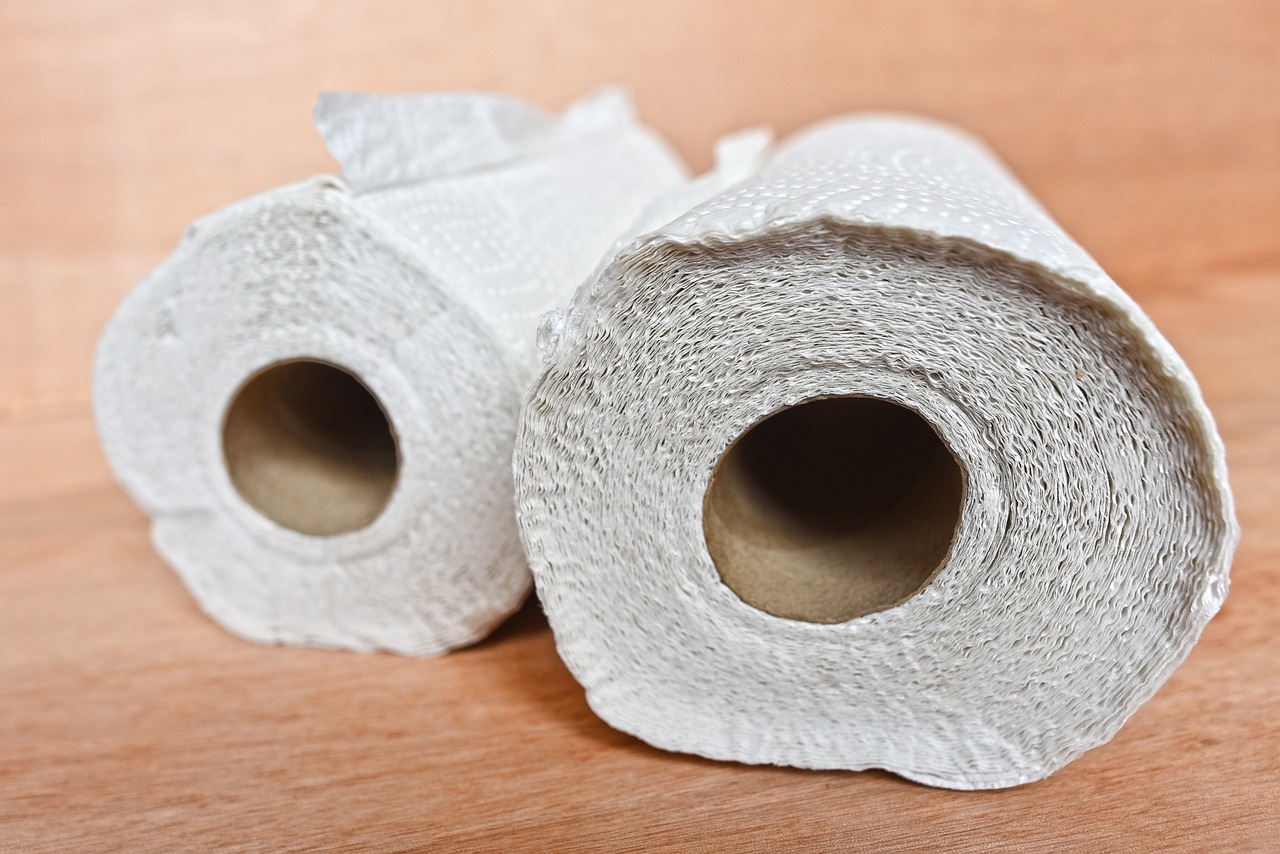
Home Decor Ideas
When it comes to home decor, paper flowers can be a game changer, adding a splash of color and a touch of whimsy to any space. Imagine walking into a room adorned with vibrant blooms that never wilt! One of the most delightful aspects of using paper flowers in your home decor is the sheer versatility they offer. You can hang them, place them in vases, or even use them as part of a stunning wall display. The possibilities are truly endless!
One popular idea is to create a statement wall using paper flowers. By clustering various sizes and colors, you can create a breathtaking floral mural that serves as a captivating focal point. This not only adds depth to your space but also allows you to express your personal style. You can choose colors that complement your existing decor or go bold with contrasting shades to make a striking impression.
Another fantastic way to incorporate paper flowers is by using them as centerpieces for your dining or coffee tables. Imagine a beautiful arrangement of paper blooms in a chic vase, paired with some candles or fairy lights for added ambiance. This setup not only elevates your dining experience but also makes for a great conversation starter when you have guests over.
If you’re looking for a more subtle approach, consider using smaller paper flowers as accents throughout your home. For instance, you can place a few delicate blooms on your nightstand, or attach them to picture frames or mirrors. These little touches can bring a sense of charm and personality to your living space without overwhelming it. You could even create a floating flower display by hanging flowers from the ceiling at different heights, giving the illusion of a blooming garden indoors.
For those who love a bit of DIY, why not try your hand at making a paper flower wreath? This can be a stunning addition to your front door or even as wall decor. You can customize the colors and types of flowers to match the season or your personal style. Plus, it’s a fun project that can be enjoyed with family or friends!
Incorporating paper flowers into your home decor not only beautifies your space but also offers an opportunity for creativity and self-expression. Remember, the key is to experiment with different arrangements and placements to find what resonates with you. So, grab your crafting supplies and let your imagination bloom!
Q: How long do paper flowers last?
A: Paper flowers can last indefinitely if stored properly and kept away from moisture and direct sunlight. They are a great low-maintenance decor option!
Q: Can I use paper flowers for outdoor decorations?
A: While paper flowers are best suited for indoor use, you can use them outdoors for a short period. Just be cautious of wind and rain, as they can damage the flowers.
Q: What type of paper is best for making flowers?
A: Tissue paper, crepe paper, and cardstock are popular choices due to their flexibility and variety of colors. Each type offers different textures and effects!
Q: Do I need special tools to make paper flowers?
A: While basic scissors and glue can suffice, tools like cutting machines and floral wire can enhance your crafting experience and allow for more intricate designs.
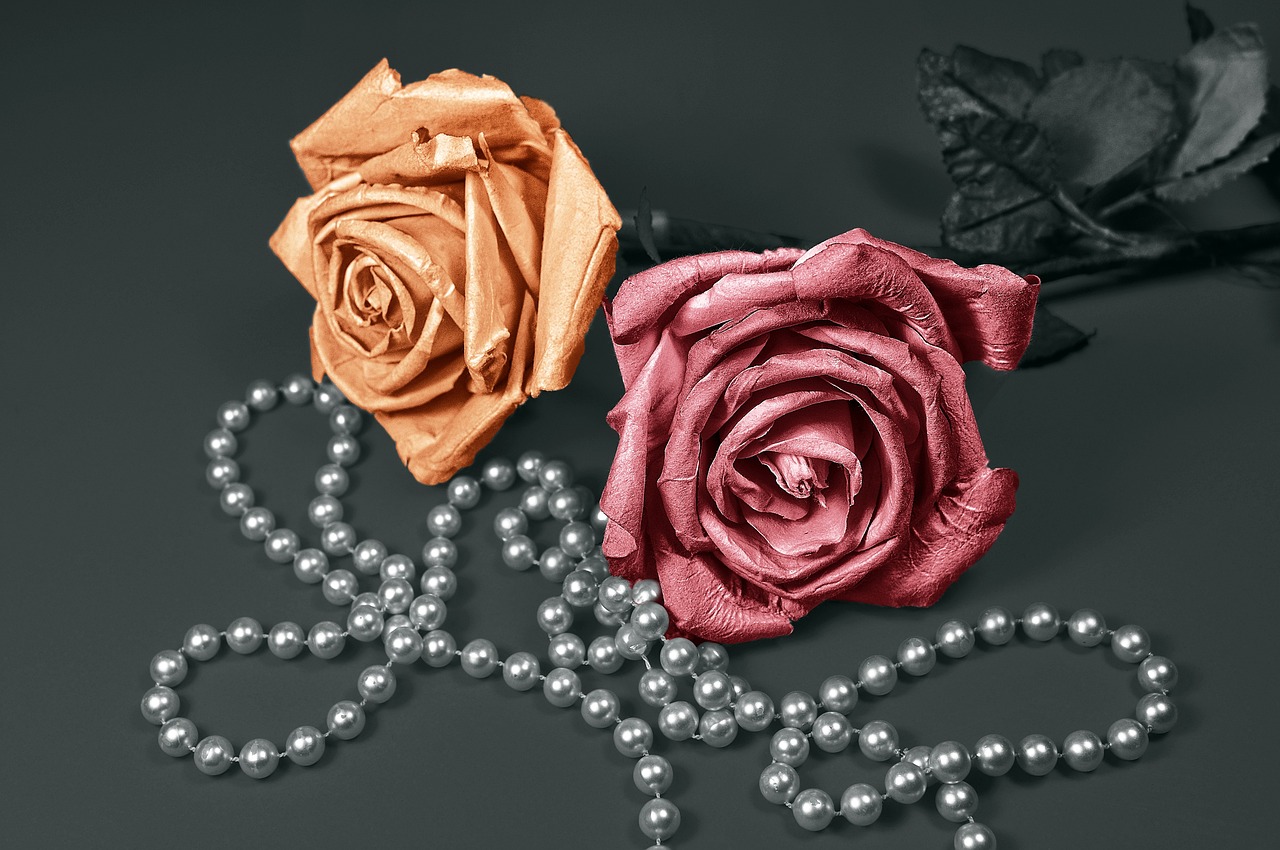
Event Decorations
When it comes to , paper flowers can be a game changer! They not only bring a burst of color but also offer a touch of personal flair that can make any gathering feel special. Imagine walking into a beautifully decorated venue where the walls are adorned with vibrant paper blooms, creating an enchanting atmosphere that leaves your guests in awe. Whether it's a wedding, birthday party, or baby shower, these DIY creations can transform ordinary spaces into whimsical wonderlands.
One of the best things about using paper flowers for events is their versatility. They can be used in various ways, such as:
- Centerpieces: Create stunning table centerpieces by grouping different sized flowers together. You can use clear vases filled with colorful paper flowers, or even arrange them in clusters on a decorative tray for a more rustic look.
- Backdrops: A wall adorned with a cascade of paper flowers can serve as a breathtaking backdrop for photos. This not only sets a festive tone but also provides a perfect spot for guests to snap memorable pictures.
- Garlands: Stringing paper flowers together to create garlands can add a charming touch to entryways or tables. Drape them across tables or hang them from ceilings for a delightful effect.
- Accents: Use smaller paper flowers as accents on place cards, gift bags, or even cake decorations. These little touches can elevate your event's theme and showcase your creativity.
Budget-friendly and easy to customize, paper flowers can be tailored to match any color scheme or theme. Think about the vibe you want to create—do you envision a romantic garden party, a vibrant fiesta, or a chic modern event? The beauty of DIY paper flowers is that you can experiment with colors and styles until you find the perfect fit.
Moreover, making paper flowers can be a fun group activity leading up to your event. Gather friends or family for a crafting session where everyone can contribute to the decorations. Not only does this create a sense of community, but it also adds a personal touch to your special day. Each flower can carry a memory, a laugh, or a shared moment, making your event even more meaningful.
Finally, don’t forget about the practical aspects of using paper flowers in your event decorations. They are lightweight and easy to transport, making them ideal for venues that require setup and takedown. Plus, you can create them well in advance, so you won't be scrambling at the last minute. Just remember to store them properly to keep them looking fresh and vibrant.
In conclusion, paper flowers are not just decorations; they are a way to express your creativity and make your event truly memorable. So, roll up your sleeves, gather your materials, and let your floral fantasies bloom!
Q: How long do paper flowers last?
A: With proper care and storage, paper flowers can last for years. Avoid direct sunlight and moisture to maintain their appearance.
Q: Can I use paper flowers outdoors?
A: While paper flowers can be used outdoors, it's best to keep them in shaded areas to prevent fading and damage from moisture.
Q: What type of paper is best for making flowers?
A: Crepe paper is popular for its flexibility and texture, but cardstock and patterned paper can also work beautifully depending on the desired look.
Q: Are paper flowers suitable for all types of events?
A: Absolutely! Paper flowers can complement any event, from casual gatherings to formal celebrations, making them a versatile choice for your decor.

Tips for Long-Lasting Paper Flowers
Creating stunning paper flowers is just the beginning of your crafting journey. To truly enjoy your beautiful creations, it's essential to ensure they remain vibrant and intact over time. Just like a garden needs care, your paper flowers require some attention to flourish and last. So, let’s dive into some practical tips to help you maintain the beauty of your paper blooms.
First and foremost, sealing and protecting your paper flowers is crucial. You might wonder, how do I keep them looking fresh and new? One effective method is to use a clear acrylic spray or a sealant specifically designed for paper crafts. This not only adds a protective layer against dust and moisture but also enhances the colors, making them pop even more. Remember, a little goes a long way! Lightly spray from a distance to avoid drenching your flowers, which could lead to unwanted warping.
Another critical aspect of maintaining your paper flowers is storage. When not displayed, it's easy for these delicate creations to get damaged. Consider storing them in a cool, dry place away from direct sunlight, which can fade colors over time. A sturdy box or a dedicated storage container can keep them safe. You might even want to separate each flower with tissue paper to prevent them from rubbing against each other, which can cause wear and tear. Just like a treasured book, your paper flowers deserve a safe haven!
Now, let’s talk about how to handle your paper flowers. When moving them around or setting them up for display, be gentle. Use both hands to support the base of the flower, minimizing stress on the petals. If you notice any fraying edges, a quick touch-up with a little glue can work wonders. Think of it as giving your flowers a little spa treatment, ensuring they look their best!
Lastly, regular maintenance is key. Every few months, take a moment to dust your paper flowers gently. A soft brush or a microfiber cloth can do the trick without damaging the delicate paper. This simple act can keep your flowers looking vibrant and ready for any occasion. Remember, a little love goes a long way in keeping your creations alive!
- How long do paper flowers last? With proper care, paper flowers can last for several years. Sealing and storing them correctly will enhance their longevity.
- Can I use real flower materials in my paper flowers? While traditional paper is the most common material, you can incorporate dried leaves or petals for added texture and interest.
- What type of paper is best for making flowers? Tissue paper, crepe paper, and cardstock are popular choices, each offering unique textures and durability.
- How can I fix a damaged paper flower? If a petal tears or crumples, use a bit of glue to reattach it or reinforce it with a small piece of paper from behind.

Sealing and Protecting
When it comes to preserving the beauty of your handmade paper flowers, them is essential. Just like a beautiful painting needs a frame to maintain its vibrancy, your paper creations deserve the same level of care. The right sealing techniques not only enhance their appearance but also prolong their lifespan, ensuring that your floral masterpieces remain stunning for years to come.
One of the most effective methods for sealing paper flowers is using a spray sealant. This clear coat can protect your flowers from moisture, dust, and fading. When applying a spray sealant, it's important to remember to do so in a well-ventilated area. Hold the spray can about 12 inches away from your flowers and apply a light, even coat. Allow it to dry completely before handling your flowers again. For those who prefer a more hands-on approach, you can also use a paintbrush to apply a thin layer of Mod Podge or a similar decoupage medium. This method not only seals the paper but also adds a glossy finish that can make your flowers pop.
Another crucial aspect of protection is how you store your paper flowers when they’re not in use. Keeping them in a safe, dry place can prevent damage from environmental factors. Consider using acid-free tissue paper to wrap your flowers gently before placing them in a box or container. This will help cushion them and prevent any crushing or bending. Additionally, avoid storing them in direct sunlight, as prolonged exposure can cause colors to fade.
Here are some key tips to keep in mind for sealing and protecting your paper flowers:
- Choose the right sealant: Look for products specifically designed for paper crafts.
- Store properly: Use acid-free materials for wrapping and storing.
- Avoid moisture: Keep your flowers in a dry environment to prevent warping.
By taking these steps, you can ensure that your paper flowers remain as vibrant and beautiful as the day you created them. Whether they’re adorning your home or being showcased at an event, your carefully crafted blooms will continue to bring joy and beauty to any setting.
Q: How long do sealed paper flowers last?
A: With proper sealing and storage, sealed paper flowers can last for several years. However, their longevity can be affected by environmental conditions.
Q: Can I use regular spray paint to seal my paper flowers?
A: It's best to use a clear spray sealant designed for crafts, as regular spray paint may alter the color of your flowers and make them brittle.
Q: Is it necessary to seal my paper flowers?
A: While sealing is not strictly necessary, it greatly enhances the durability and appearance of your paper flowers, making it a worthwhile step in the crafting process.
Q: How should I clean my paper flowers?
A: To clean your paper flowers, use a soft brush or a can of compressed air to gently remove dust. Avoid using water or cleaning solutions, as they can damage the paper.

Storage Solutions
When it comes to preserving your beautiful paper flowers, the right storage solutions can make all the difference. You’ve poured your heart and creativity into crafting these floral masterpieces, and the last thing you want is for them to become crumpled or damaged. Proper storage not only protects your creations but also ensures they remain vibrant and ready to dazzle at a moment's notice. So, how can you keep your paper flowers safe and sound?
First and foremost, consider the environment in which you store your flowers. A cool, dry place is ideal, as humidity can warp and degrade paper over time. Avoid direct sunlight, which can cause colors to fade. A closet or storage bin that is both dark and dry is a perfect option. You might even want to use acid-free materials to prevent any chemical reactions that could harm your flowers.
Next, let’s talk about how you can physically store your blooms. One effective method is to use flat storage containers. These containers allow you to lay your flowers flat, protecting them from being squished or misshaped. If you’re working with larger flowers, consider using a box with dividers to keep them separate and prevent them from touching each other. You can also use tissue paper between layers to add an extra cushion of protection.
For smaller flowers, a clear plastic bin with a lid can be a fantastic option. This allows you to see your creations while keeping them protected from dust and damage. If you want to get a bit more creative, you can also repurpose items like shoeboxes or decorative tins. Not only do these containers provide a unique aesthetic, but they can also be a fun way to showcase your artistry.
Lastly, if you plan to use your paper flowers for events or seasonal decorations, consider organizing them by occasion or color. You can create labeled bins or boxes, making it easy to find exactly what you need when the time comes to decorate. This organizational method not only saves you time but also keeps your collection neat and tidy.
In summary, with the right storage solutions, your paper flowers can remain as stunning as the day you created them. By choosing a suitable environment, utilizing proper containers, and organizing your blooms thoughtfully, you can ensure that your floral creations continue to bring joy and beauty into your life for years to come.
- How can I prevent my paper flowers from fading?
Store them away from direct sunlight and in a cool, dry place. - What type of container is best for storing paper flowers?
Flat storage containers or clear plastic bins with dividers work well to prevent damage. - Can I use regular boxes for storage?
Yes, repurposed boxes like shoeboxes can be effective, just ensure they are clean and dry. - How do I clean my paper flowers?
Gently dust them with a soft brush or cloth to remove any dust or debris.
Frequently Asked Questions
- What materials do I need to create paper flowers?
To get started with making beautiful paper flowers, you'll need some basic materials. This includes different types of paper like crepe paper, cardstock, or tissue paper, along with scissors, a cutting machine (if you prefer), and adhesives like glue or tape. Don't forget to have some floral wire or tape on hand for assembling your flowers!
- Can I use any type of paper for my flowers?
Absolutely! While some papers work better than others, you can experiment with various types to see what you like best. Crepe paper is popular for its flexibility and texture, while cardstock provides sturdiness. Tissue paper can create a lighter, airy feel. The choice is yours, so feel free to mix and match!
- What are the basic techniques I should learn?
When it comes to crafting paper flowers, mastering a few essential techniques will set you up for success. Start with cutting, folding, and shaping your paper. These foundational skills will help you create a variety of designs. Don't be afraid to practice; the more you do it, the better you'll get!
- How can I create templates for my flowers?
Creating templates is a fantastic way to ensure consistency in your flower shapes. You can either draw your designs on a piece of cardstock and cut them out or download templates from online resources. Once you have your templates, trace them onto your chosen paper and cut them out for perfect petals every time!
- What color combinations work best for paper flowers?
Choosing the right colors can make or break your floral arrangement. Consider using complementary colors or shades from the same color family for a harmonious look. Experiment with different combinations to find what resonates with your style. Remember, it’s all about having fun and expressing your creativity!
- How can I use paper flowers in home decor?
Paper flowers are incredibly versatile! You can use them as wall art by creating a floral backdrop, as centerpieces for your dining table, or even as accents in picture frames. They add a whimsical touch to any space and can be customized to fit your decor style perfectly!
- What tips do you have for making paper flowers last longer?
To ensure your paper flowers stand the test of time, consider sealing them with a protective spray or mod podge to guard against moisture and dust. For storage, keep them in a cool, dry place, away from direct sunlight to prevent fading. With a little care, your creations can last for years!
- Can I use paper flowers for event decorations?
Definitely! Paper flowers are a fantastic choice for events like weddings, parties, and showers. They are budget-friendly and can be made in various styles and colors to match your theme. Use them as table centerpieces, backdrops, or even in bouquets for a unique touch that your guests will love!



















